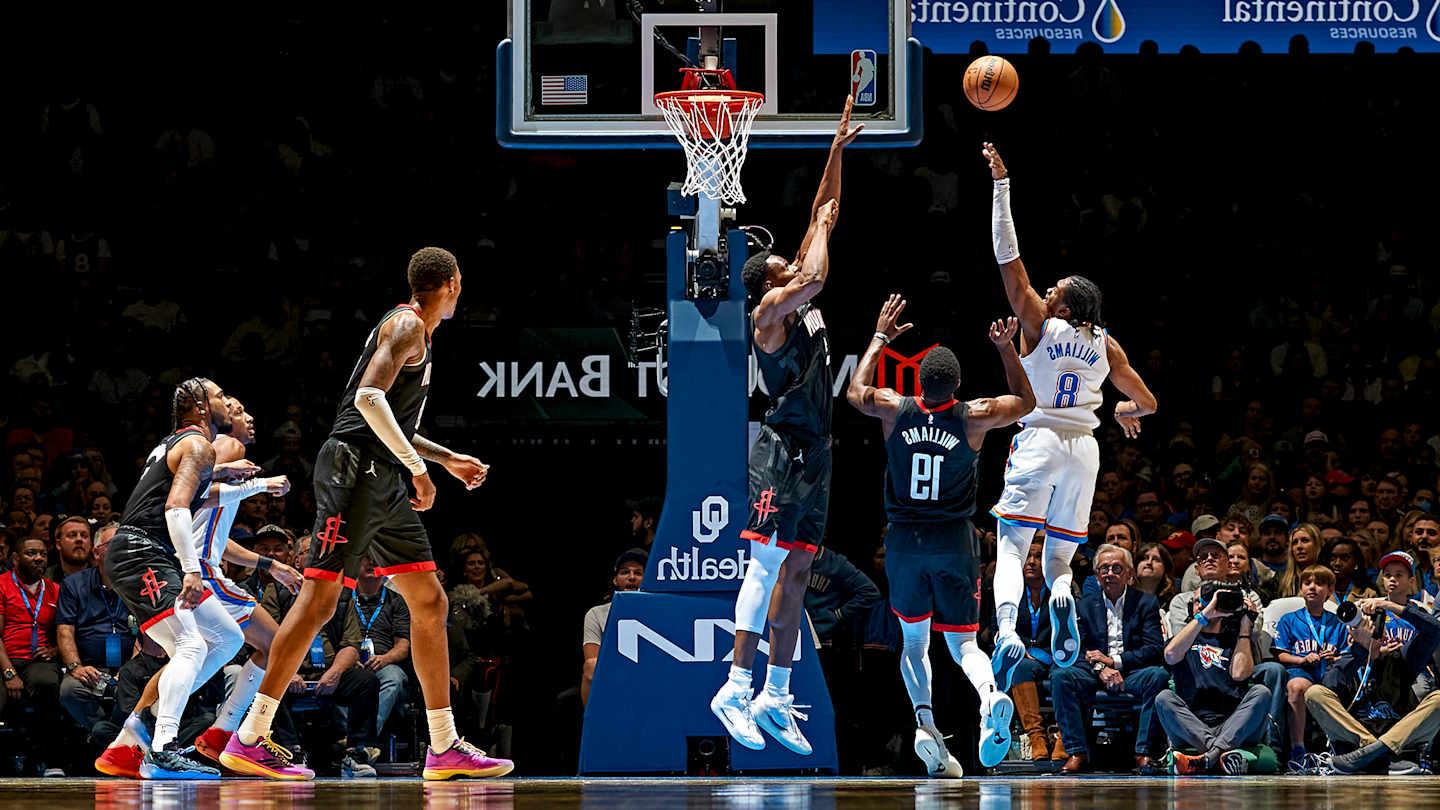TubiTV Just Hit 200 Million Users – Here’s Why
10 Perfect-Score Shows Buried on Prime Video Right Now
Jalen Williams has a unique method for fueling his competitive fire. Stored in his phone are snapshots of every negative comment or criticism he’s received. Critics claimed he was too small to make it, too slow, a liability on defense, lacking explosive power, and unable to generate his own shots. Even as a rookie, Williams would browse through these saved criticisms whenever he needed a boost. Now, as an All-Star and a key player for a leading team in the Western Conference, he still revisits them for motivation. “I remember being called just an average role player,” Williams recalls. “I take a look whenever I feel the need to push myself harder.”
The $3.99 Streaming Service With 500+ Oscar Winners Nobody Knows About
Cancel These 3 Subscriptions Before November 1st – Here’s Why
Observing Williams’ current performance, it’s puzzling to consider how he was underestimated. How did a versatile 6′ 6″ scorer with abilities across all levels fall to the 12th pick in the 2022 draft? In an era where the NBA values versatile players, how did someone with the skills to play point guard and the reach to potentially play center (boasting a 7′ 2″ wingspan) not get more attention? Among his draft class, only two players have reached an All-Star game: Paolo Banchero, the top pick from Duke, and Williams, who spent three years developing at Santa Clara.
When asked about his underestimation, Williams simply shrugs. It wasn’t his first experience of being overlooked. At Perry High School in the Phoenix suburbs, despite being a prolific scorer, he was initially considered too small, starting his high school career at just 6′ 1″. By the time he graduated, he had grown only a few inches and committed to Santa Clara, having received no offers from major Division I programs. “It was frustrating,” he admits, recalling how he outperformed peers who received more offers. “I felt overlooked.”
His performance continued to impress at Santa Clara, where he averaged 18.0 points in his junior year and hit nearly 40% of his three-point attempts. Nonetheless, when he declared for the NBA draft, there was scant interest. Once again, his height was seen as a potential limitation for playing on the wing, and there were doubts about his ability to succeed outside the college system. In the most challenging game of his junior year against a Gonzaga team led by Chet Holmgren, Santa Clara was defeated by 32 points.
Ironically, it was Williams’ performance in that heavy loss that caught the attention of the Oklahoma City Thunder. According to Thunder coach Mark Daigneault, even when the game was clearly lost, Williams continued to play strategically and unselfishly. “He just made the next pass and let the game guide his decisions,” Daigneault notes. When Williams was invited for a group workout with OKC, he impressed everyone, including Daigneault, who led the session unbeknownst to Williams. After some on-court banter, when Williams realized who Daigneault was, he frantically called his agent.
Daigneault was thrilled with the workout. “It was a hell of a session and a lot of fun,” he recalls. The more the Thunder’s management learned about Williams, the more they appreciated his relentless competitiveness and his ability to perform regardless of the scoreboard. When Thunder general manager Sam Presti received a strong endorsement from Santa Clara head coach Herb Sendek, it made a significant impact, especially since Sendek had previously recommended James Harden to Presti during Harden’s time at Arizona State.
Like Harden, Williams quickly adapted to the NBA, proving himself as a versatile and effective two-way player. “What I initially saw was a player who could excel within a system, but he had even more potential than I realized,” Daigneault reflects. In his debut season, Williams averaged 14.1 points per game, narrowly missing out on the Rookie of the Year title to Banchero.
Oklahoma City has excelled in developing players, and Williams is a prime example. Last season, Daigneault noted that opponents often dared Williams to shoot from beyond the arc during the playoffs. Responding to the challenge, Williams worked on his perimeter game. Early this season, he perhaps leaned too heavily on jump shots, prompting Daigneault to encourage him to drive more aggressively to the basket. Williams adapted well to each new challenge.
“They’ve really supported my growth here,” Williams expresses. “Everyone is encouraged to develop and be their authentic selves.”

Mike Johnson is a passionate news writer with a keen interest in current events. With over a decade of experience in journalism, he has a talent for uncovering the stories that matter most. Mike’s insightful articles and in-depth analyses have made him a trusted voice in the industry. He thrives on staying ahead of the news curve, providing readers with timely and relevant information. Whether it’s breaking news, politics, or social issues, Mike’s dedication to the craft ensures that his readers are always well-informed.

